Eating Insects in Oaxaca: The 4 Edible Insects You Have to Try
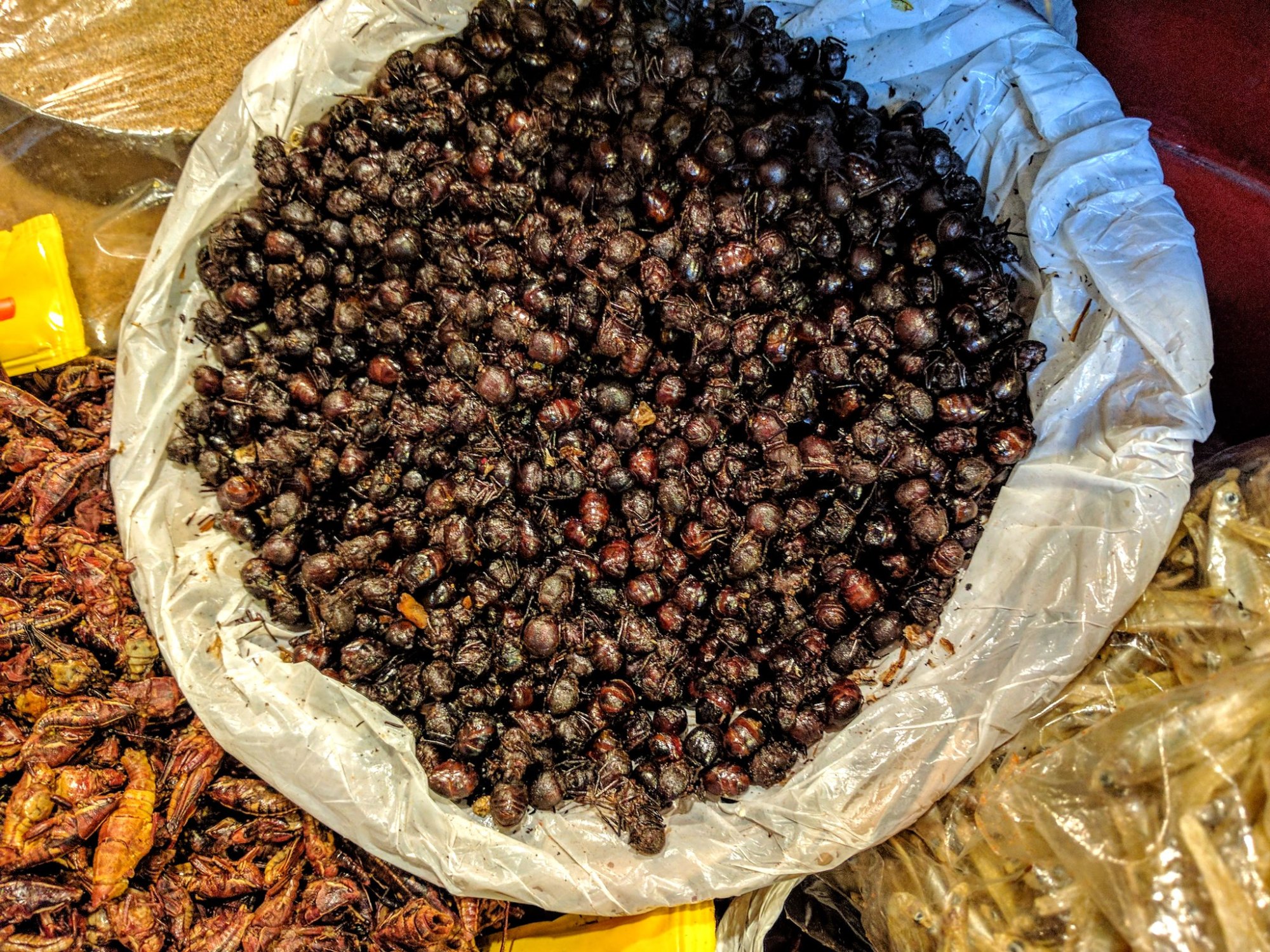
By Amber Dunlap
While insects aren’t a common menu item in the US or Canada, they are a no-fat source of protein served around the world. Bug protein has already found its way into pet and plant food, fish food for aquaculture and protein bars, and it’s poised to become a billion dollar plus industry.
If you’re visiting Oaxaca, Mexico then insects are certainly on the short list of must-try foods to sample. Here’s what edible insects to be on the lookout for on menus and inside markets.
The Regional Delicacy: Chapulines (Grasshoppers)
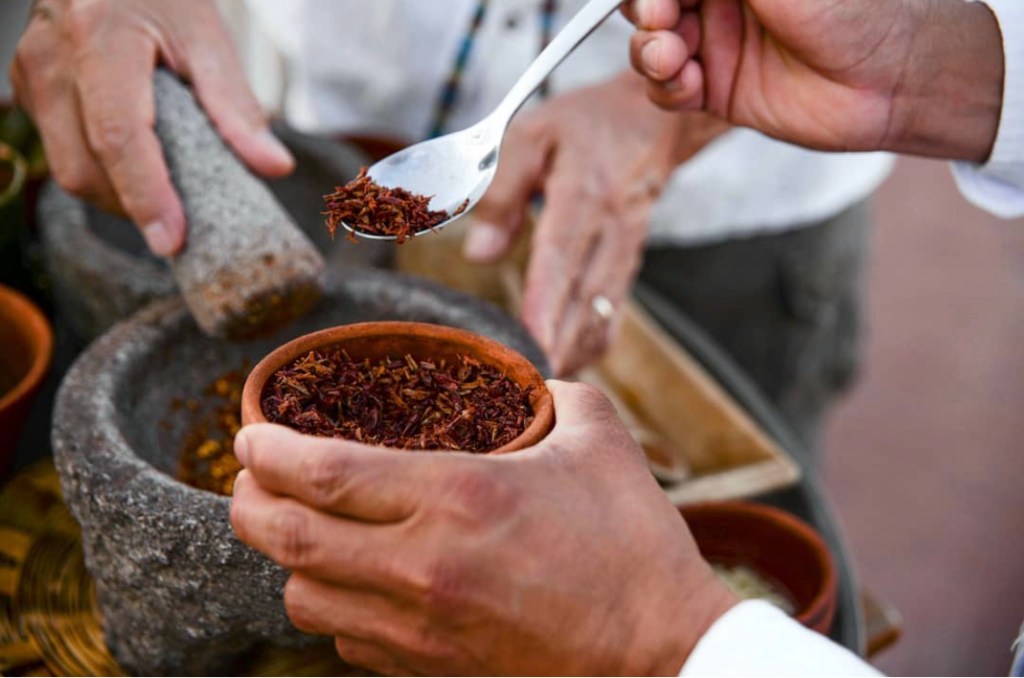
Photo Credit: Anna Bruce
There is a local saying, “If you eat chapulines, you will return to Oaxaca.” Though chapulines (grasshoppers) can be found throughout Mexico, they most often come from either the state of Oaxaca or the region around Puebla where producers have perfected the harvesting process. The grasshoppers (genus: Sphenarium) are collected during their season which runs from May until late October. Because of the salt used in preparing chapulines, they have a long shelf life and can be enjoyed year-round on tacos and quesadillas, sprinkled over your guacamole, or served in cantinas as a bar snack. Visit any of the local markets (Tianguis) throughout Oaxaca and you’ll find bags and baskets full of this tasty and protein-rich treat boiled, fried, and seasoned with chile, lime, and garlic or just plain natural.
Insider Tip: Most market vendors are more than happy to give you a free taste. Take them up on their offer and try all kinds and sizes.
The Chef’s Favorite: Chicatanas (Flying Ants)
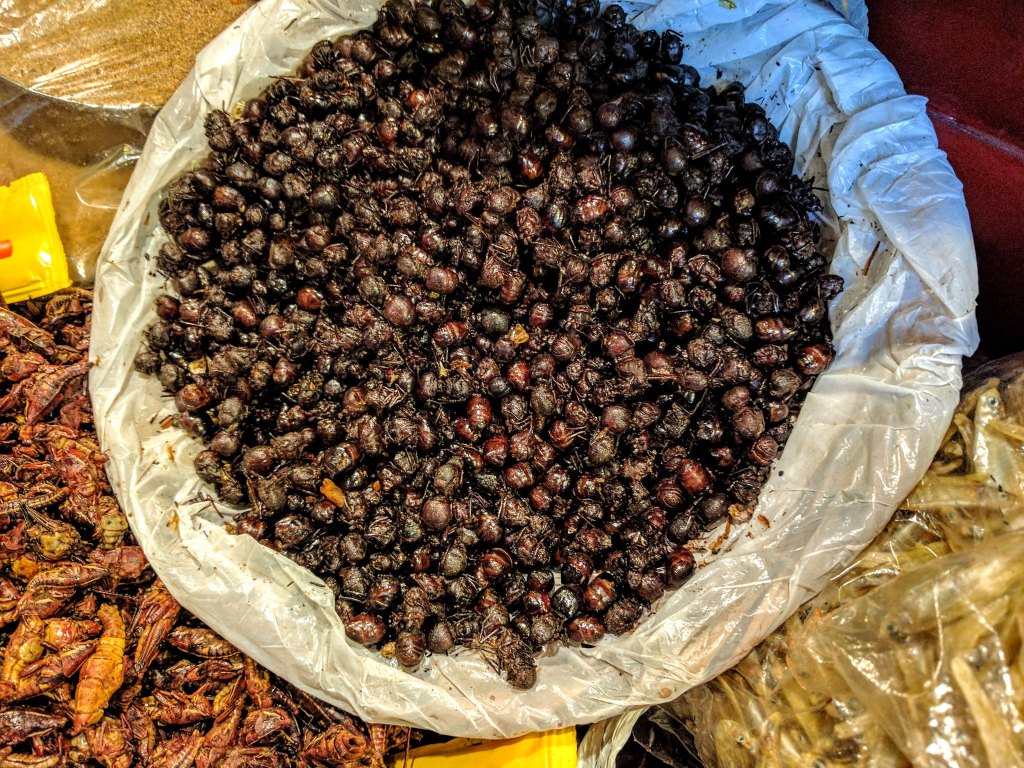
Photo Credit: Second-Half Travels via Flickr
Chicatanas have been part of the local diet since long before the Spaniards first arrived, but it wasn’t until recent years that local chefs have taken a liking to incorporating these juicy insects into their haute cuisine. Every summer, just after the first rainfall, swarms of these dark brown and reddish colored leaf cutter ants emerge from their massive nests only to find locals ready and waiting to scoop them up by the bag-full. The live ants are then placed in water, de-winged, and ultimately toasted on the comal and often made into the popular salsa chicatana. Unlike most other edible insects of Oaxaca, the legs, wings, and heads of these large ants are removed before consumption, so there’s no picking legs and wings out of your molars with these guys. The toasted chicatanas are typically eaten as a taco filling, made into soups, or ground with other ingredients like tomatillos, garlic, salt, and chili and used as a sauce in spicy stews.
The Best Beverage Accompaniment: Chincuiles or Gusano de Maguey (Red Worms)
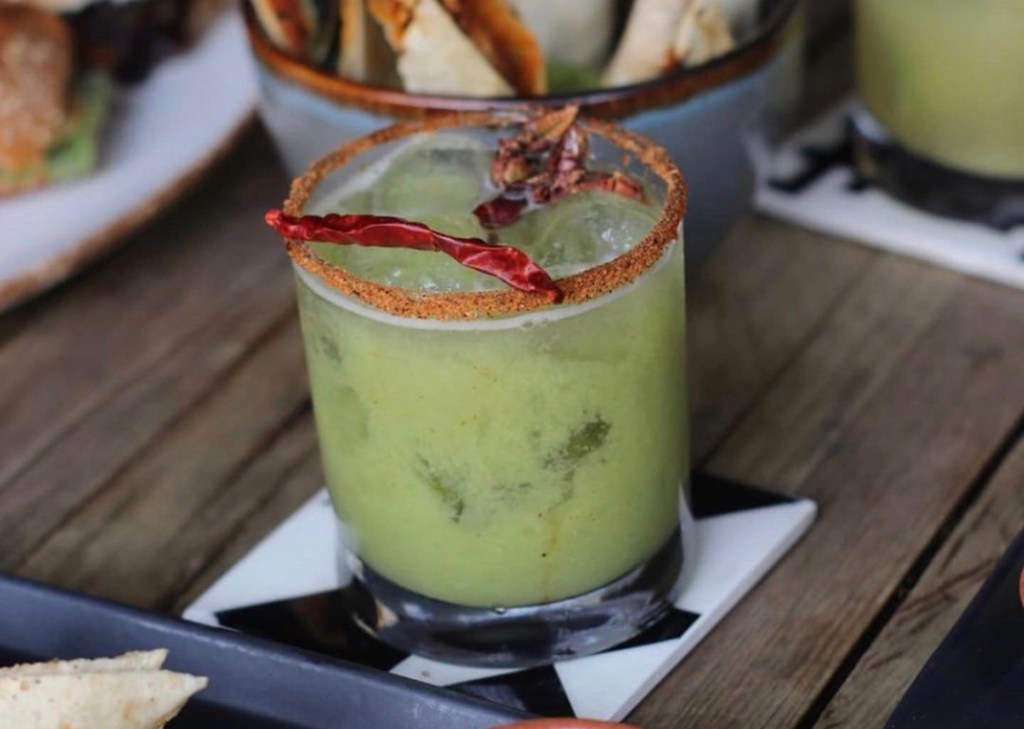
Yet another rainy season delicacy, chincuiles and gusano de maguey are the parasitic caterpillars that live inside the mezcal and tequila-producing agave plant. Though they can only be harvested from May through October, you’ll find worm salt mixed with chili anytime of year, be it on the rim of your glass of cold beer or sprinkled on a dish alongside your mezcal chaser. When fresh, find it in fried form inside tacos and tostadas or ground up and blended into a sauce. It’s said that the flavor is reminiscent of fried pork cracklings or rinds, but you should find out for yourself.
The Caviar of Mexican Entomophagy: Escamoles (Ant Larvae)
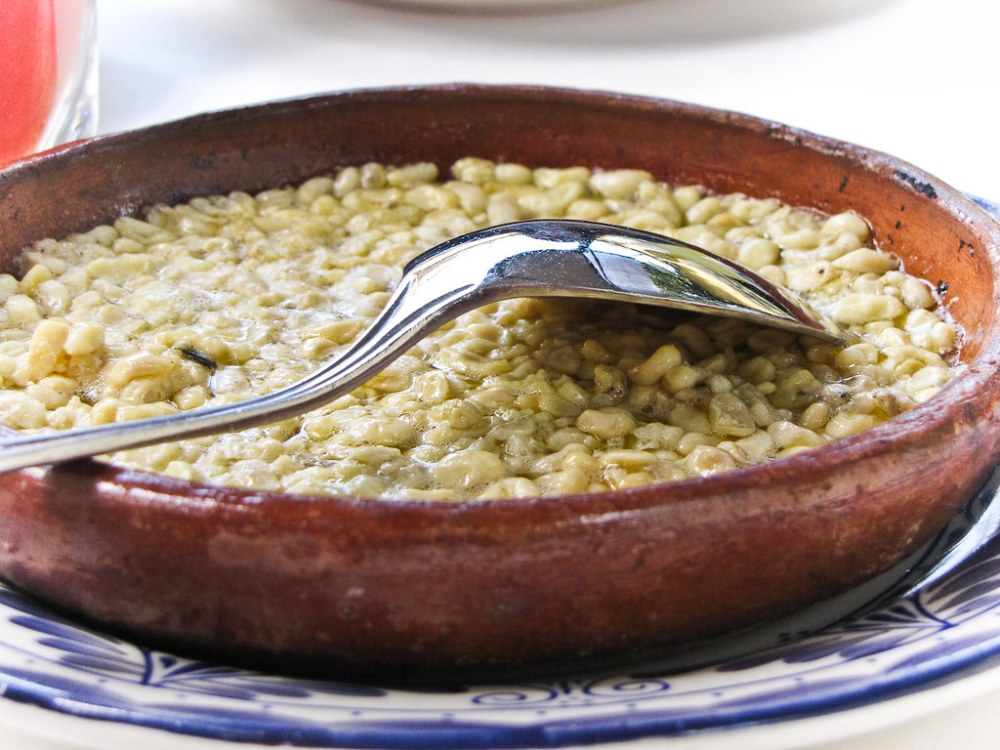
Photo Credit: Cristiano Oliveira via Flickr
Escamoles, or ant larvae, aren’t the cheapest item on Oaxaca’s insect menu, but they are certainly the most approachable visually for the non-acquainted insect consumer. They resemble a puffed rice kernel at best and are no larger than a pine nut. The larvae are harvested every spring from nests deep underground. It’s this short growing season and slightly more involved harvesting process that increases the price on this particular Oaxaca insect delicacy and that gifts it the nickname “Mexican caviar.” Escamoles are often served fried in a seasoning of epazote, a popular Mexican herb, and then thrown inside of a corn tortilla, mixed into scrambled eggs, or added to stews. These insects are also sometimes steamed in an underground oven, similar to the way in which barbacoa is cooked.
Ready to give one or a few of these edible insects of Oaxaca a try? If so, you can check them out along with 20+ other regional food and drinks with Oaxaca Eats Food Tours. Come hungry and discover what Oaxaca eats in 4 hours.
About the Author
 Amber Dunlap is a freelance travel writer originally from the United States. Since early 2016, she’s been moving from country to country all over Latin America, but it’s Oaxaca that has ultimately captured her curiosity these days. You can follow her street-by-street Oaxaca explorations on her personal travel blog or over on Instagram at @nomapsamber.
Amber Dunlap is a freelance travel writer originally from the United States. Since early 2016, she’s been moving from country to country all over Latin America, but it’s Oaxaca that has ultimately captured her curiosity these days. You can follow her street-by-street Oaxaca explorations on her personal travel blog or over on Instagram at @nomapsamber.
